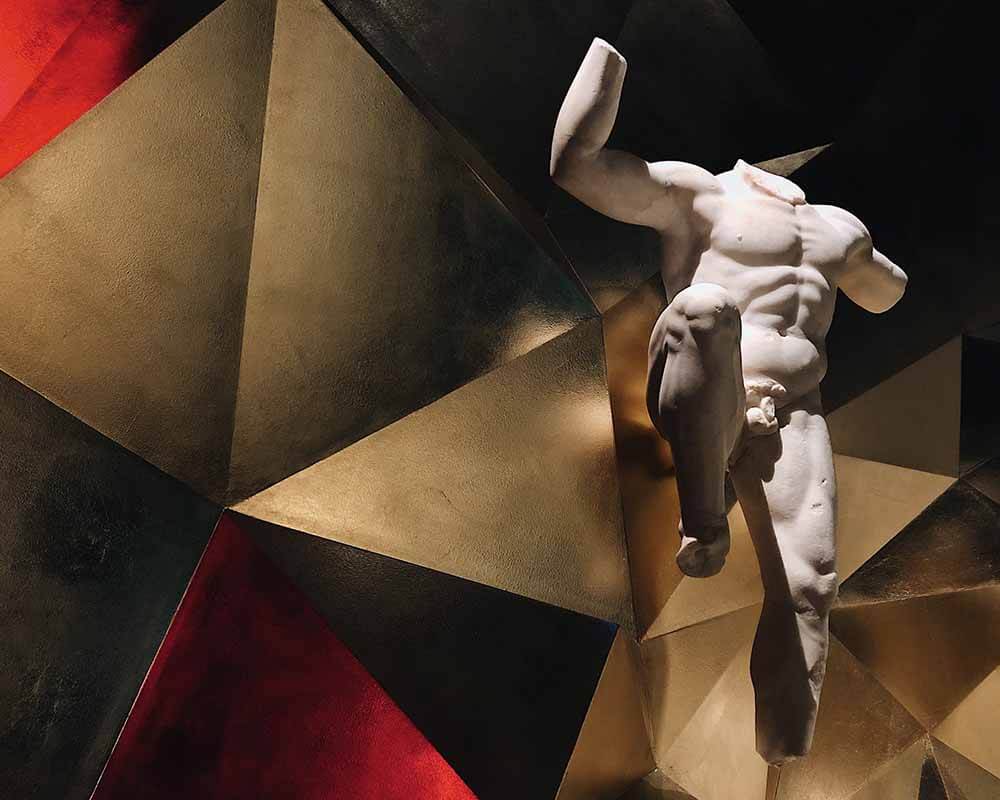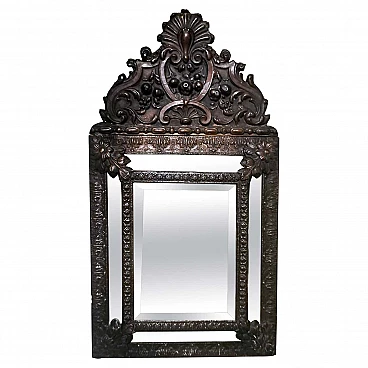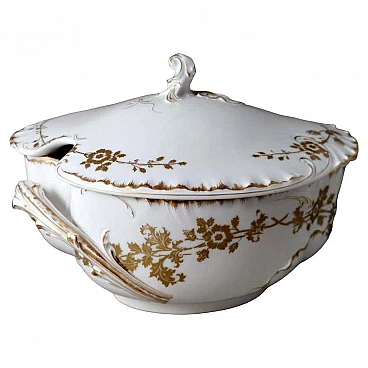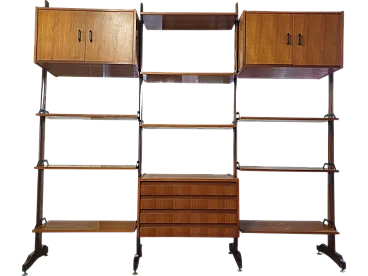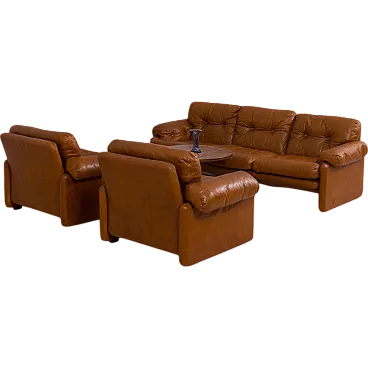An exceptional and very special German sugar bowl in silver-plated metal. The shape and workmanship perfectly incorporate the aesthetic characteristics of Art Nouveau. The lid has an elegant and eccentric knob; the handle is covered with raffia and creates an interesting combination of materials and styles, mixing the lustre of silver-plated metal with the natural texture of raffia. The inside of the sugar bowl and the lid are gilded; the drop-shaped medallions cleverly distributed over the body of the object are also gilded, creating a balanced and refined contrast. The sugar bowl bears the characteristic stamps of the German company WMF (Württembergische Metallwarenfabrik) on the bottom. It was made in 1906 and was part of a 4-piece tea and coffee service published on page 211 of WMF's (Art Nouveau Domestic Metalwork) English market catalogue published in 1906 (see photo). WMF stands for Württembergische Metallwarenfabrik, i.e. Württemberg metalworks. It is a German company that produces high-quality designer kitchen utensils and cutlery. WMF was founded in 1853 in Geislingen an der Steige, a town in south-west Germany, by Daniel Straub, an industrialist and inventor. Initially, the company was engaged in the production of metal railway articles such as lamps, signals and accessories. In 1880, WMF acquired a cutlery factory in Heilbronn and started producing stainless steel and silver cutlery. Over the years, WMF expanded internationally, opening branches in several European countries and beyond. Today, WMF has around 6,000 employees worldwide and offers a wide range of kitchen products, such as cookware, knives, coffee makers, kettles, dryers and more. WMF is known for its quality, innovation and elegant, functional style. The company was one of the pioneers in the use of plated silver and developed advanced methods to produce high quality plated items. During the Art Nouveau period, WMF became famous for its artistically designed products characterised by sinuous lines and elegant shapes, creating unique pieces that became functional works of art. The 'OX' hallmark indicates that the object's decorations were oxidised with a potassium sulphide solution and the flat areas polished to a high gloss with pumice. The 'I/O' hallmark identifies metal-plated objects by indicating the thickness of the silver layer used to plate the object; our sugar bowl has a normal thickness of silver plating, i.e. one gram of silver distributed over an area of one square decimetre. The hallmark depicting an ostrich enclosed in a rhombus and then in a square is known as the 'Ostrich Mark' or 'WMF Ostrich Mark', and was the first hallmark used in 1880 when the Straub & Schweizer company of Geislingen merged with the company A, Ritter & Co. of Esselingen to form the new company 'Wurttembergische Metallwarenfabrik' (WMF) of Geislingen, with Daniel Straub as its general manager. The choice of the ostrich as the trademark of the new company was determined by the heraldic animal of the Straub family, whose German word is 'Strauss'. The letter 'G' stands for 'Geislingen'. The sugar bowl is in very good condition. It measures 11 cm in diameter, 17 cm in height. For all our shipments we use special packaging materials (custom-made wooden crates, polystyrene, etc.) to ensure maximum protection and safety of the articles.










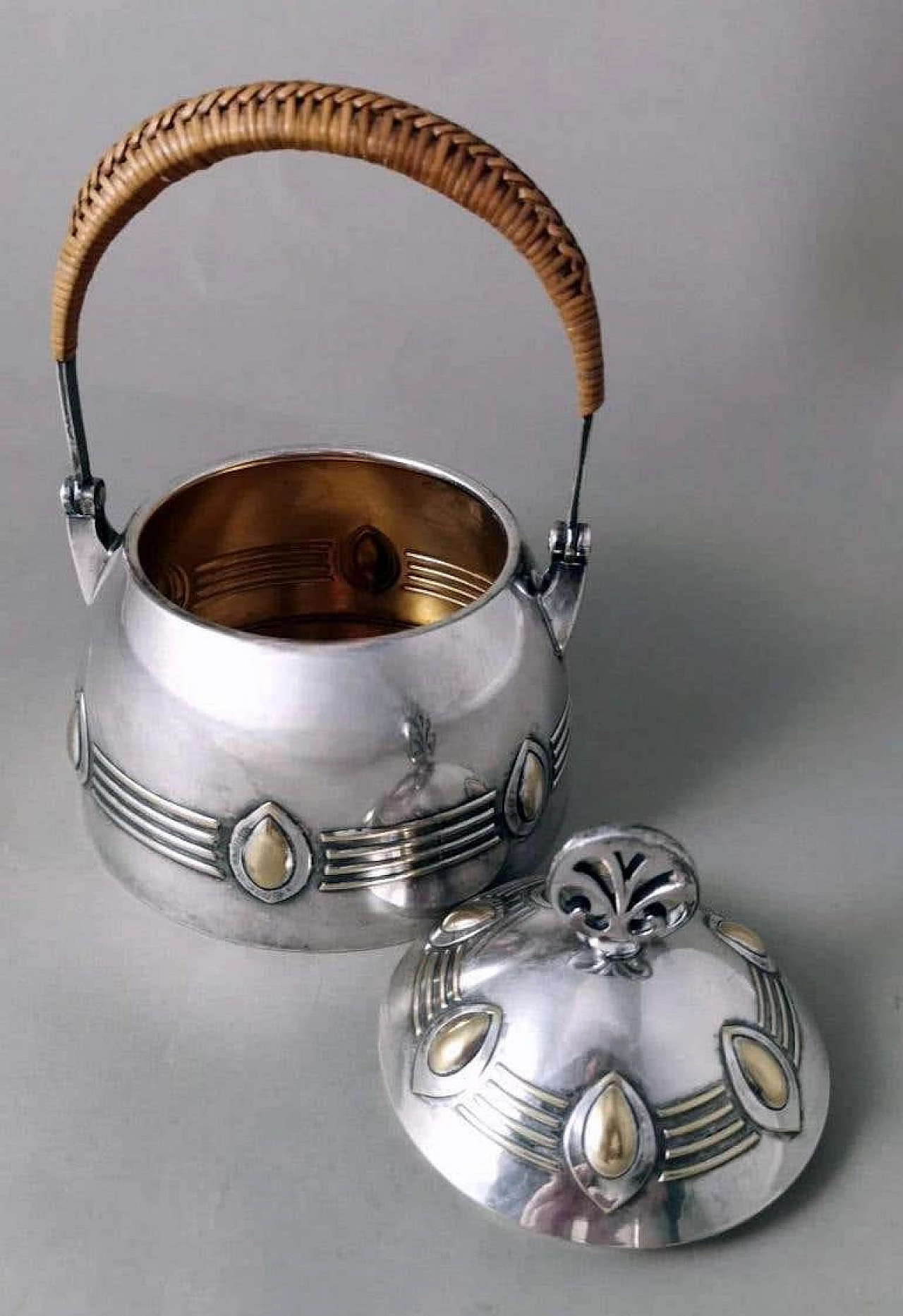





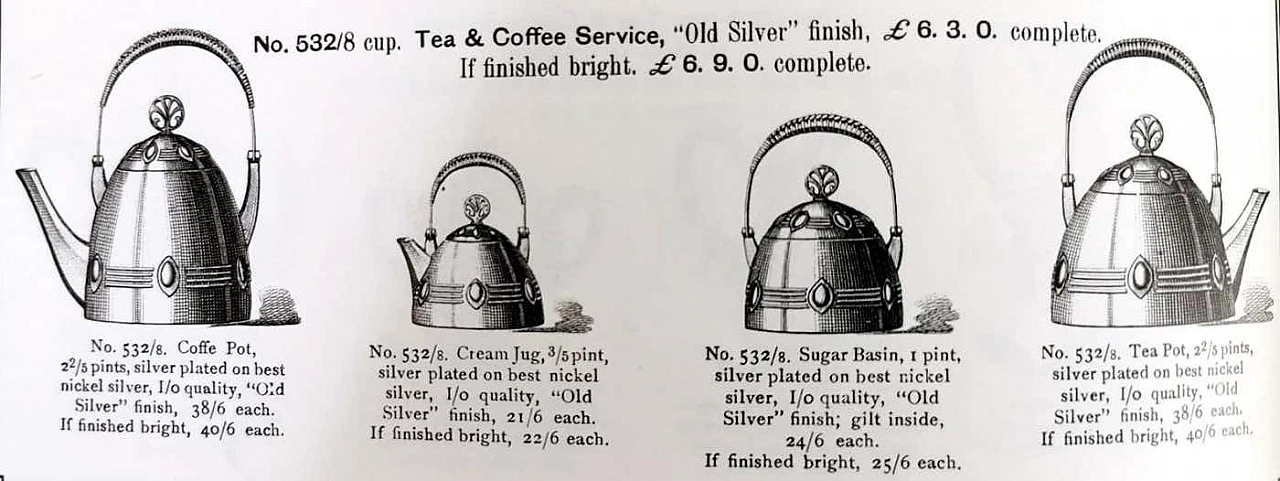


 SILVER Seller in Prato, Italy
SILVER Seller in Prato, Italy






.png)


